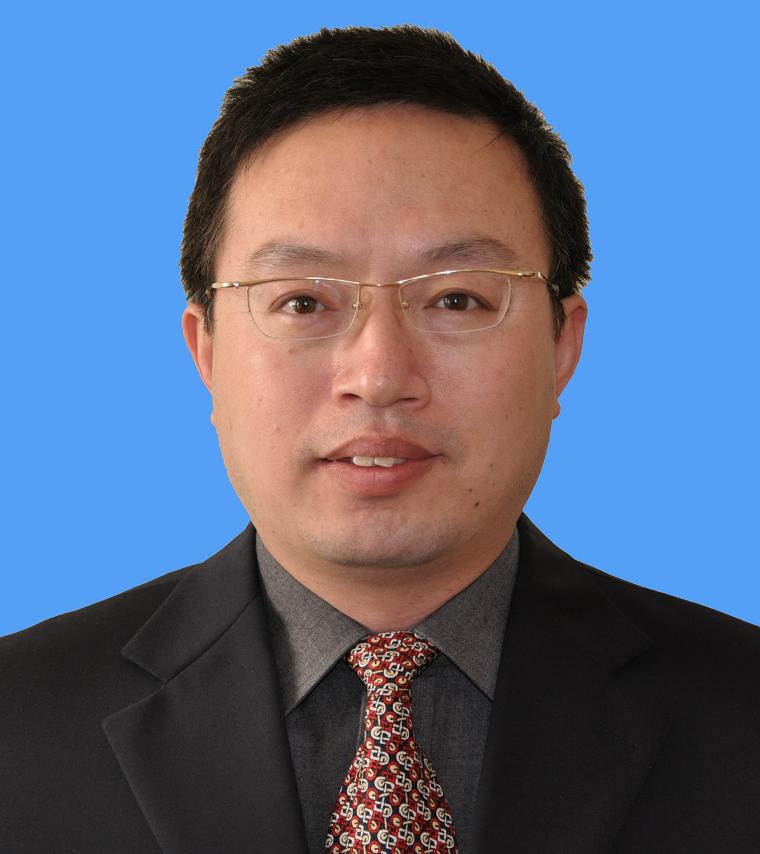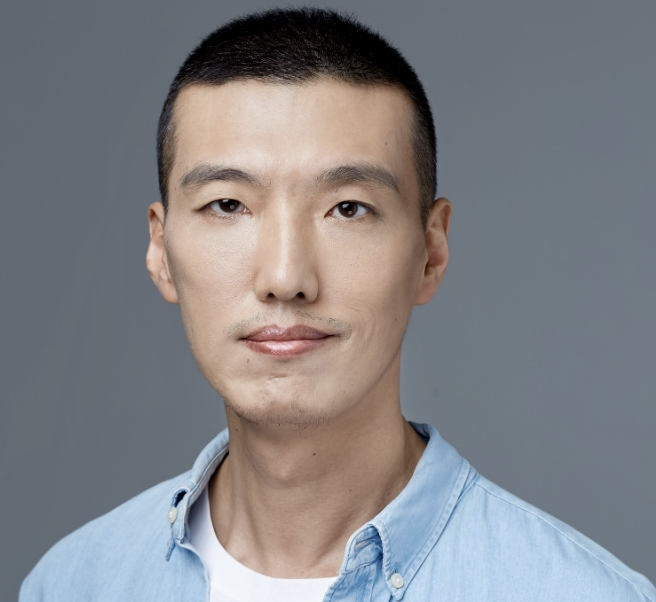After World War II, its relations with the United States have been at the core of Japan’s foreign and security policies. However, there have been two different opinions within the ruling Liberal Democratic Party on the relationship, namely “follow the US” and “be independent of the US”. The two lines took turns to dominate Japan’s foreign policy with the frequent changes of the prime minister and cabinet. In general, the “follow US” line seemed to lead a better half of the time as pro-US politicians, such as Shigeru Yoshida, Eisaku Sato and Junichiro Koizumi, hosted the prime minister office longer than those who sought independence from the United States, such as Ishibashi Tanzan, Kakuei Tanaka and Yukio Hatayama.
Now Shinzo Abe, in his second term as the prime minister, hopes to appear as a pro-US rather than independent Japanese leader. Nevertheless, the country’s strategy on US relationship seems to be deviating from the “either following or independence” choice and showing a tendency of “taking the initiative” in the bilateral relationship. There were symptoms of this tendency in the government of Yoshihiko Noda of the Democratic Party but the tendency is more obvious with the Abe cabinet.
Abe doesn’t want to be a downright follower of the United States, nor does he hope to appear independent. Giving the top concern to Japan’s own interests while using the US to the utmost is the essence of the Abe cabinet’s foreign policy.
Abe’s effort to strengthen ties with the US is not aimed at solving the problems in the bilateral relationship but rather at dealing with China. For the Abe cabinet, the Japan-US alliance has to serve the needs of Japan’s strategies against China.
The US is no longer the only concern in Japan’s foreign relations. Instead, the Abe cabinet hopes to establish a geopolitical alliance centering around Japan while continuing relying on American support. For example, Abe once proposed to set up a strategic alliance including the US, Japan, Australia and India.
Japan no longer acts passively in dealing with the United States. Instead, it is trying to influence the US. Soon after taking office, Abe proposed to visit the US and tried to dictate the agenda, dialogue topics and the outcome.
There are two reasons accounting for these changes. One is that in the international political landscape, the US is declining in its power and influence while China has surpassed Japan to become the world’s second largest economy, and the China-Japan dispute over the Diaoyu Islands keeps escalating. The other reason is that Japan’s domestic politics has turned right with nationalism prevailing in the elections.
It seems unimaginable that Japan wants to become the leading side in its relations with the US. The fact is it does hope so, except that it is doing so in a veiled way. Japanese have been smart in making use of the United States, as evidenced by both historical and contemporary examples.
First, Japan knows well how to ingratiate itself with the US. It takes all opportunities to tell Americans that it shares their anti-communist ideology and “universal values”, although Japanese know very well in their hearts that the Yamato nation is rather different from America both in interests and values. The trick has been effective. In 1931 when it moved to occupy Northeast China, Japan claimed that its invasion could prevent “Manchuria” from being controlled by communist Soviet Union and thus coaxed the Hoover administration into adopting an appeasement policy towards it. After World War II, Yoshida, Nobusuke Kishi and Sato all took anti-communist stance to curry favor with the United States, who put the Diaoyu Islands under Japanese administration when handing-over Okinawa to Tokyo.
Second, Japan has played tricks in presenting false information to American researchers and thus caused Washington to make wrong decisions.
A typical example was the misleading of American professionals by false “facts” provided by Japanese on the Diaoyu Islands issue. In 1996, the US Congress Library issued a report titled “Senkaku Islands Dispute: The US Legal Relationship and Obligation”, which states that “on 14 January, 1895, the Emperor approved an Imperial Ordinance annexing the Senkakus to Japan.” The report was written by Larry A. Niksch, an Asian analyst with the US Congress’s investigation bureau.
That is absolutely wrong, according to the facts this writer has gathered first hand. (1) There has never been a Japanese Emperor ordinance on the ownership of the Senkaku (Diaoyu) Islands. (2) When the Hirofumi Ito cabinet passed a decision on 14 January, 1895 to occupy the Diaoyu Islands, the name of “Senkaku” was non-existent. They translated Diaoyu as Yudiao by Japanese grammar. (3) The Japanese Emperor issued Ordinance No. 13 on 5 March, 1986, announcing the names of islands within the jurisdiction of Okinawa. “Senkaku” was not in the list. (4) It was only later that the Okinawa prefecture magistrate claimed that Senkaku was included in the Okinawa jurisdiction. However, that claim by a local magistrate is meaningless in terms of international laws. Before the 1894-1895 Sino-Japanese War, Japan had always regarded Ryukyu (Okinawa) as consisting of 36 islands, which did not include Diaoyu at all.
Third, Japan tries to turn its interpretation of the Treaty of San Francisco and the US-Japan Security Treaty into a fait accompli by repeatedly asserting itself. For instance, Article 3 of the San Francisco treaty specified the islands that Japan should approve to be placed under UN Trusteeship. The Treaty never mentioned Diaoyu Islands but Japan insisted it was included. The United States has been urging Japan to conduct dialogues with China on the Diaoyu dispute but Japan has never agreed to the suggestion even though the Treaty stipulates that Japan shall assent to “any suggestion” by the US on the territorial trusteeship issue. Instead, Japan asked the US to shoulder the obligation of military protection. This shows how eager Japan is to play a guiding role in its relations with the US.
With regard to the US-Japan Security Treaty, Japan often quoted Article 5 and said it applies to the Diaoyu Islands. The article states: “Each Party recognizes that an armed attack against either Party in the territories under the administration of Japan would be dangerous to its own peace and safety and declares that it would act to meet the common danger in accordance with its constitutional provisions and processes.” This means that only “territories under the administration of Japan” are object of protection by the Treaty. The United States’ stance on the Diaoyu issue is that its ownership is yet to be determined. In other words, Japan is not recognized to have sovereign over the Diaoyu Islands. Therefore, Article 5 is not applicable to the Diaoyu Islands at all. However, Japan has been urging the United States to state that the US-Japan Security Treaty is applicable to the Diaoyu Islands. And the US did say things to the effect of supporting Japan’s claim. This in fact reinforced what Japan hopes to be its guiding role in the bilateral relationship.
Fourth, Japan tries to garner greater say in deciding the topics for the summit meeting with the US. For example, Japanese defense minister announced on 5 February that Chinese warships had targeted Japanese aircraft and vessels using fire-control radar. China denied the accusation and proved it was not true. Japan did so in an attempt to lure the US into agreeing to include a Japan-US alliance against China in the Diaoyu dispute into the agenda of the Obama-Abe meeting.
If Abe succeeds to have Obama saying unequivocally that the US-Japan Security Treaty applies to the Diaoyu Islands, Japan will have a trump in hand in the game of rivalry with China. If this scenario becomes truth, the US will be greatly harming, and offending, China only for defining the status of a few uninhabited islands. This amounts to driving a wedge between the US and China. In other words, Japan, once again, leads the US by the nose in the trilateral relations.
The US certainly won’t allow Japan to lead it by the nose in the bilateral relationship, so it declined Abe’s suggestion for a visit in January and put it off for one month, citing the agenda of its domestic politics. Then Abe turned his attention to the topics of the summit meeting and the likely outcome, hoping to influence the US. However, during his talks with Abe, Obama avoided mentioning the China-Japan dispute over the Diaoyu Islands and never said openly that the US-Japan Security Treaty applies to the islands. Experts and media in the United States seem to have realized the danger of being led by Japanese rightists into confrontation with China. They cautioned Japan not to “fire the first shot”. Americans seem to be retrieving its leading role.
Liu Jiangyong is the Vice President of the Research Institute of Contemporary International Relations at Qinghua University and Chinese member on the 21st Century Committee for Sino-Japanese Friendship.

